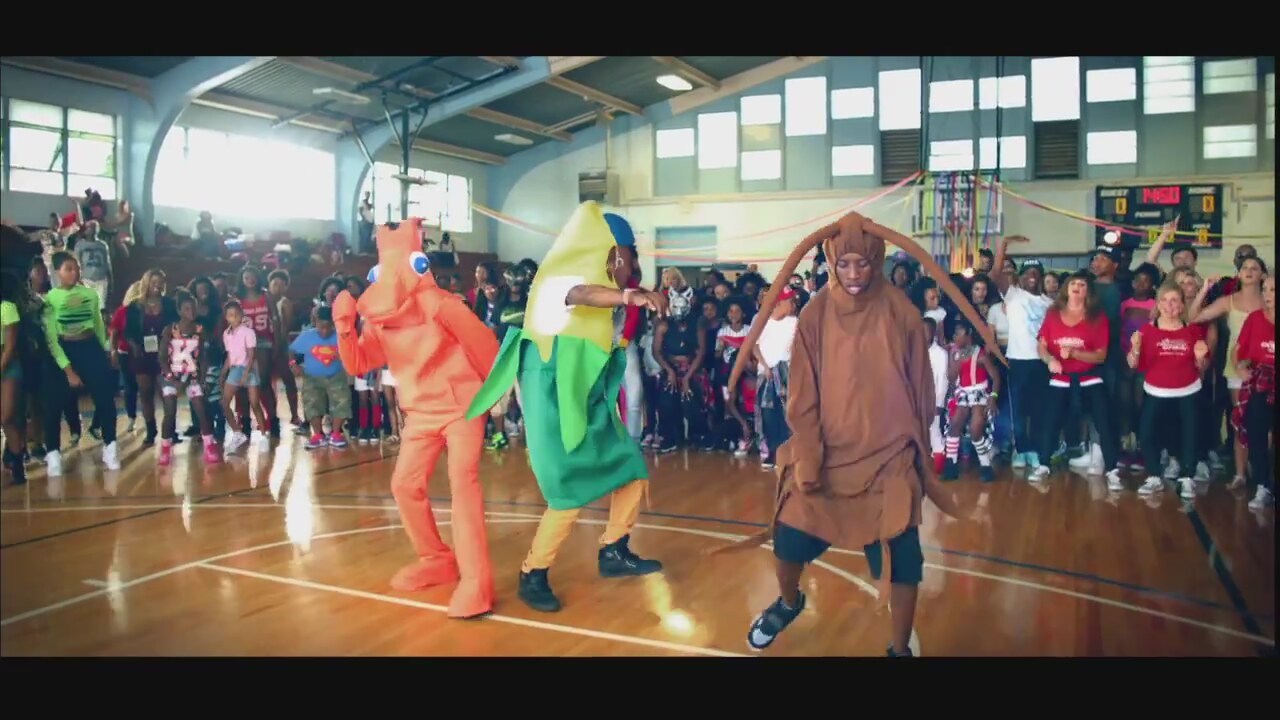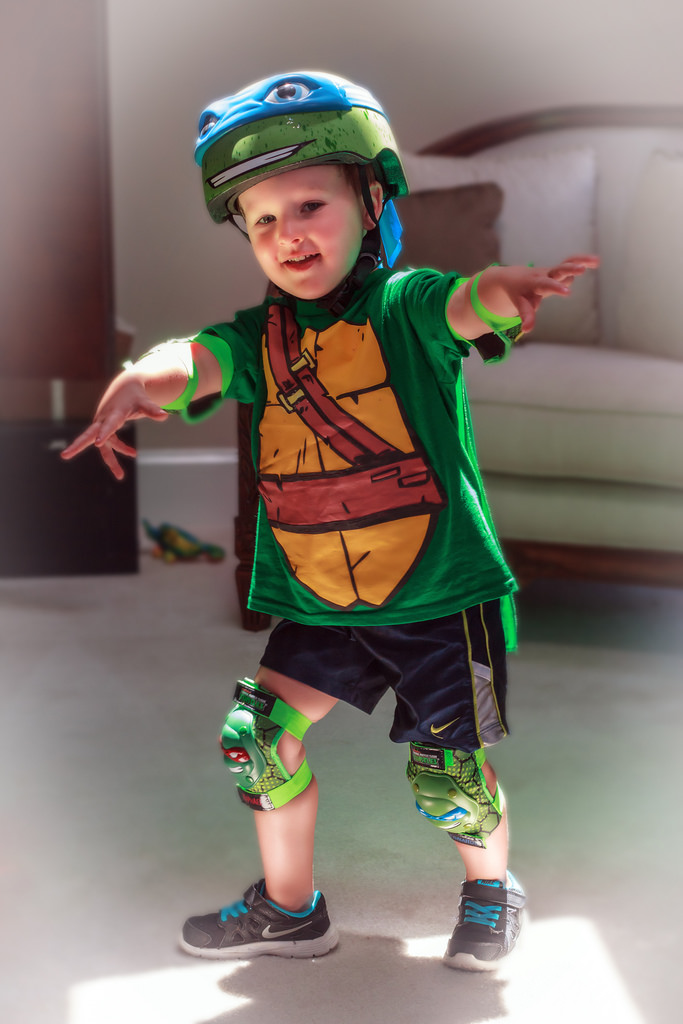"Watch You Whip & Nae Nae?!?" - Helping Kids Follow Directions (Part 3)
With so many people asking me to watch them WHIP & NAE NAE, I don't know who to pick!? It's impossible to watch them all! Someone's going to have to do something impressive so their WATCH-ME-WHIP-request stands out from the rest of them!
Okay, I've got it!!!!! These guys have on outrageous outfits that are getting my attention! I guess, out of all my choices, I'll say, "YES," to watching them WHIP & NAE NAE:
Thousands of people have asked you to watch them WHIP just like thousands of things have asked to have the attention of your child.
So when it comes to helping our kids follow directions...
...it can be FRUSTRATING because we have to compete with so many things in order to carve out an influential space in our child's field of attention!
Here are some tips for how to manage what's in your child's field of attention:
1- Keep your voice un-aversive.
Point 1 is SUPER IMPORTANT! If your voice is aversive, getting your child's attention will always feel like a battle. Lots of tips on this in part 1 and part 2 of this series. Definitely check out those posts if you haven't read them yet:
2- Avoid letting extended time go by...
...without being in your child's field of attention. I don't know about you, but I get tired and it makes me want to veg on the couch instead of providing my little ones with the structure they need in order to avoid meltdowns and tantrums and have more of a sane day. Well, I was having one of those tired days the other day (which happens a lot!) and I let them play on their own for a bit too long. When I finally got myself off the couch they cried and complained and whined when I started giving them instructions. I think the reason for this is that when they go for an extended period of time, without getting instructions, they start liking (and getting accustomed to) the feeling of doing whatever they want. "Hey, this is pretty nice," they think. "I get to play with this toy, and then this one...and I can do what I WANT...and this is GREAT!" So, no wonder my next set of instructions hits them like a brick and they protest.
I try to avoid this by regularly providing instructions throughout each day (although I DO confess that the couch calls my name too loudly some days!) (Extra tip: when I find that my children are having a harder time following directions, I decrease the time that passes between one of my instructions and the next in order to give them more exposure to the truth that life isn't best when an individual is driven by a desire to get to do whatever they want.)
3- Clear away unnecessary distractions.
For older kids:
Consider having times and/or rooms of the house where devices aren't allowed.
Have times of the day where the TV is off.
A nice idea from Rick Lawrence: have dinner together with no lights on except candles.
Have a daily time, or weekly times, that the family spends together. If you're not used to having family times together, make sure you start with something that will be fun for your older children.
At least once or twice a month, have either Mom or Dad take one of the children out of the house for a My-Siblings-Aren't-Allowed activity.
For younger kids:
Have some toy-free, TV-free, and device-free rooms.
Keep toys put away and out of sight when not in use.
Limit device/TV time. When I was growing up, my parents had a rule of 30 mins of TV/video games in the morning and 30 mins in the afternoon. I liked growing up with that rule.
This may be a bit extreme for some, but consider not having a TV in the house. We don't.
4- Set an end time.
When it's time for devices, TV, video games, toys, dolls, bikes, tell your child how long they can do it before they start playing/browsing. Stick to your end time (you can even consider using a timer or setting an alarm/notification on their device.) If they protest, when it's time to be done, say something like, "wow. It looks like you're unhappy. I thought video games were fun, but now that it's done, it seems like you're MORE sad than when they started. Maybe...if you get sad/angry after video games...we shouldn't really let you do that very much...cause I like it when your happy. A happy house is what I WOULD like." Then the child will likely say, "no...no...no...I AM happy! You don't have to take it away!" Then the parent can respond by saying, "well then, NEXT TIME, show me that you LIKE playing video games by saying, 'that was fun Dad! Thanks for letting me play!' If you do that, then I might want me to let you play MORE video games and not take them away!"
5- Don't get louder and don't repeat yourself.
Get in the habit of saying things once and then expecting compliance.
Some parents, if their child doesn't listen/respond, will resort to repeating the same instruction or saying the same instruction louder. The more a parent does this, the more their voice will lose its effectiveness at getting their child's attention. (Sadly, since a parent usually gets frustrated when they have to raise their voice or repeat themselves, it also develops in the child a belief that they are a frustration to their parent(s).)
There are a lot of parents that don't realize that they can resort to other, peaceful and motivational things. More on this in future posts. Stay tuned!
6- Use stools.
If I gather my 4 and 6 year old on the couch or around the table, in order to give them instructions, they flop around too much. They start laying on the couch or reaching for something on the table or climbing the arm-rest of the couch. It's annoying.
So I like using stools!
It only gives them a small, raised, off-the-ground space on which to sit. It eliminates a lot of the wiggling, lounging and distractibility.
7- Avoid direct competitions between your voice and the TV/device/game. Try this instead:
3 minutes before giving the instruction:
Walk over to where the kids are playing and stand in their peripheral vision, but DON'T intentionally block them from seeing the TV/game.
WITHOUT requiring the kids to look at your eyes, say, "Wow, great job on this game! You guys are good! 3 more minutes and then you'll pause and come to the stools. Great job!"
Walk away and continue doing something else. AKA don't hover.
2 minutes before giving the instruction:
Walk over to the kids and stand in their peripheral vision like before.
WITHOUT requiring the kids to look at your eyes, say (with a pleasant and friendly voice), "2 more minutes and then you'll come to the stools!"
Walk away.
1 minute before giving the instruction:
Walking over (or from across the room) say, "almost done _____ (use nickname or 'kiddos' or something like that). Almost time to come to the stools!"
Instruction time:
Walk over with a smile. Don't block the TV/game but squat down so that your face is right next to the TV/game.
With semi-quiet, slowly paced words, say something like, "Great job boys. Matthew...you'll be the one to turn off the TV (put away the game) this time. Great. Now all of you meet me over at the stools."
Before you start your instruction delivery at the stools, when everyone is seated on a stool, say, "Wow. Great job. I'm so proud of you. I like it how Matthew came over quickly. I like it how Andrew didn't even race/run. I like it that Isabel came over and looked at me. You guys are wonderful kids. You did so well on your game."
Now deliver the instruction.













